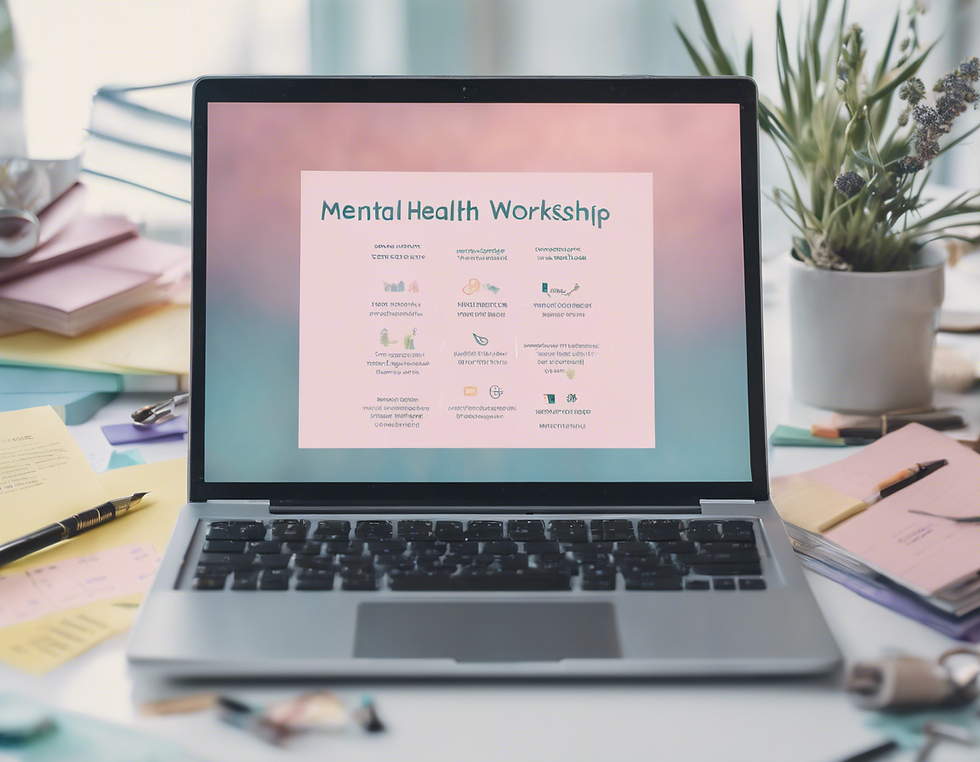Mending Broken Bonds: Healing Ruptures in Family Relationships
- Alexis Fonville
- Mar 16
- 3 min read
The word “family” can have many meanings. Family can mean individuals related to you through bloodline. To others, family can mean the individuals that raise you and have been involved in your upbringing. Family may also be viewed as consisting of people who may not necessarily live with you, were married into the family, or are related by blood, but those who love and support you – your “chosen” family.

Whatever your view of family means to you, there are times when unexpected experiences cause ruptures to families. Ruptures can include dishonesty, unkindness, control, infidelity, rejection, lack of loyalty, bringing new members into the family, or breaking ties with current members of the family.
Whether a physical separation has been present, or you see and live with the person every day, ruptures impact the relationship you previously had. Family conflict can be devastating and often unwanted. In fact, a recent study indicated 27% of Americans are estranged from at least one person in their family.
If you are ready to begin the journey to mending and restoring the relationship injuries in your family, consider processing using this medical analogy. How do you mend a wound? What would you use? Is every wound the same? Will you need to use more intensive equipment at times? When treating a physical health complication, there are several approaches you can take.
Bandage- The use of a bandage is to stop small amounts of bleeding or cover an open area from getting an infection.
Casts- A cast is a hard bandage that holds together broken bones, joints or tendons while they heal.
Ointment- You apply ointment directly onto the skin for an abrasion, burn, cut, or itch.
Medical visits- Are great for examinations and check-ins.
Surgery- Corrects a serious problem; adds to or removes conditions; is a significant treatment option involving a medical professional.
Now, consider how you can apply these terms to your restoration efforts.
What bandages can you apply? (e.g. using kind words or apologizing).
Does your family injury need a cast? (e.g. Spending more quality time together and not little patch-ups).
Will you need to apply ointment directly to the area? (e.g. You might need to have a conversation now instead of waiting for “a later time”).
Have you considered seeking professional help? (e.g. Consider attending family therapy to address concerns or for relationship check-ins).
Will you need to do a more significant intervention? (e.g. You may need to consider attending a combination of therapies such as individual, family, and group counseling).
As you begin the process of healing and restoring connection in your family, consider the following:
Take a breath. Give yourself time to be calm down before you respond. It’s easier to mend something that hasn’t gotten worse.
Take small steps. Progress is progress!
Express your level of comfort to the other individual.
Use self-compassion and grace toward your mistakes. Recognize opportunities when you can extend that to your family member as well.
Use active listening skills to ensure you are hearing them. This includes summarizing, rephrasing and validating their words.
Put on a pair of “perspective glasses” to consider the circumstance from the other person’s point of view. It is okay if you do not agree.
Each person needs time to process and work through their own emotions. Respect your and others boundaries.
Focus on the outcome you want. Use that as your guiding principle when you feel triggered or feel stuck.
Seek out a relevant book, blog or podcast on family estrangement.
Work with a mental health professional if you are feeling stick. Professional support can help you navigate next steps with more ease and success.
Believing you will have success in healing important family relationships.
Written by Alexis Fonville, LMHCA, therapist at Blooming Wellness, a mental health counseling office.




Kommentare